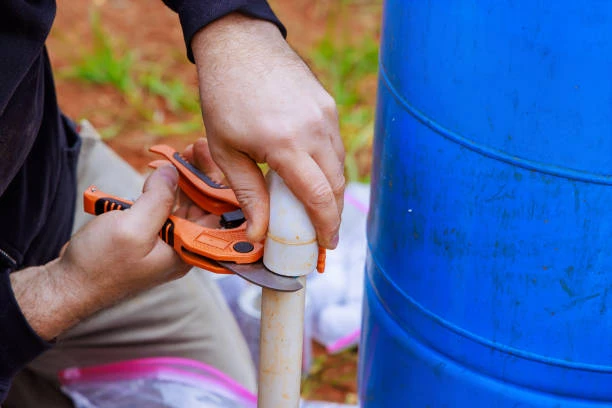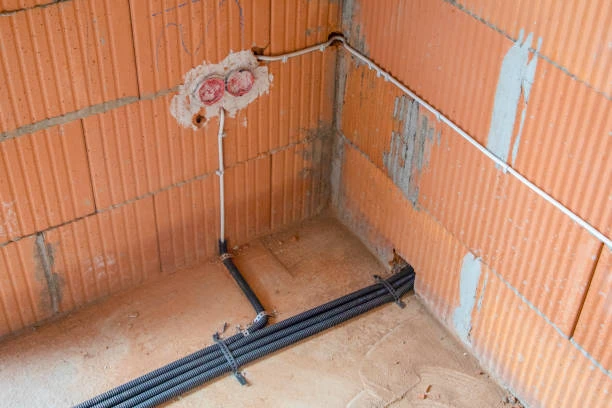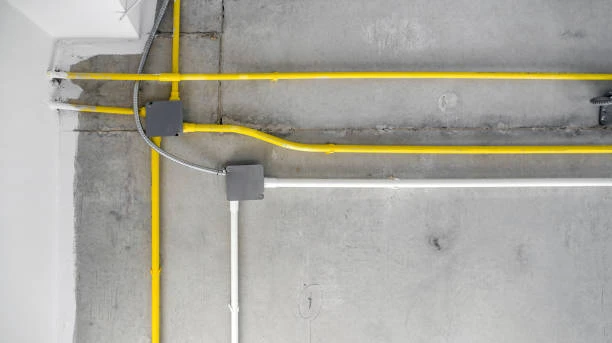The PVC (Polyvinyl Chloride) pipe sector plays a crucial role in various industries, including construction, plumbing, and irrigation. Among the essential components of this sector are CPVC (Chlorinated Polyvinyl Chloride) fittings. This article explores the supply chain network for the PVC pipe sector, emphasizing the significance of CPVC fittings, their applications, and the factors affecting their supply chain.
Understanding CPVC Fittings
CPVC fittings are make from chlorinated polyvinyl chloride, which is a thermoplastic material know for its durability, resistance to corrosion, and ability to withstand high temperatures. These fittings are widely use in plumbing systems, industrial applications, and fire sprinkler systems due to their excellent chemical resistance and longevity.
Importance of CPVC Fittings
- Durability: CPVC fittings have a longer lifespan compared to traditional materials like metal or regular PVC. They resist UV rays, chemicals, and corrosion, making them suitable for diverse environments.
- Temperature Resistance: CPVC can handle hot water applications, withstanding temperatures up to 200°F (93°C). This characteristic makes it ideal for residential and commercial plumbing systems.
- Cost-Effectiveness: Although the initial cost of CPVC fittings may be higher than that of traditional PVC, their durability and low maintenance needs lead to cost savings over time.
- Ease of Installation: The lightweight nature of CPVC fittings simplifies transportation and installation. They can be easily cut, join, and install with minimal tools.
The Supply Chain Network for PVC Pipe Sector
The supply chain network for the PVC pipe sector involves several key players, each contributing to the production, distribution, and sale of CPVC fittings. Below, we outline the primary components of this supply chain.

1. Raw Material Suppliers
The first stage in the supply chain consists of raw material suppliers who provide the necessary resins and additives required for manufacturing CPVC. These suppliers often source materials from oil refineries and chemical plants. Key materials include:
- PVC Resins: The base material for CPVC production.
- Chlorination Agents: Used to enhance the properties of the PVC resin.
- Additives: Stabilizers, lubricants, and colorants are add to improve performance and aesthetics.
2. Manufacturers
Manufacturers play a critical role in transforming raw materials into finished CPVC fittings. The production process typically includes:
- Mixing: Raw materials are blend according to specific formulations.
- Extrusion: The mixture is heat and forced through a die to create the desired shape.
- Molding: CPVC fittings are form using injection molding techniques to achieve precise dimensions.
3. Distributors
Once manufactured, CPVC fittings are distribute through various channels. Distributors ensure that products reach wholesalers, retailers, and end-users efficiently. They manage inventory, logistics, and sales, playing a vital role in maintaining the flow of goods within the supply chain.
4. Retailers
Retailers are the final link in the supply chain, selling CPVC fittings directly to consumers and businesses. They offer a range of products, including fittings, pipes, and related accessories. Retailers often provide valuable customer support, helping clients select the right products for their needs.
5. End Users
End users include contractors, plumbers, and homeowners who utilize CPVC fittings in various applications. Their feedback and demands influence the entire supply chain, driving innovations and improvements in product offerings.
Factors Affecting the Supply Chain
Several factors can impact the efficiency and effectiveness of the supply chain network for the PVC pipe sector, particularly regarding CPVC fittings:
1. Market Demand
Changes in construction trends, economic conditions, and regulatory requirements can influence market demand for CPVC fittings. A surge in residential or commercial construction projects typically increases demand.
2. Environmental Regulations
As environmental concerns grow, manufacturers must comply with stringent regulations regarding material usage and waste management. These regulations can affect production methods and costs.
3. Global Supply Chain Dynamics
The PVC pipe sector operates on a global scale, meaning that disruptions in one region can impact the entire supply chain. Factors such as natural disasters, trade policies, and geopolitical tensions can lead to supply shortages or increased transportation costs.
4. Technological Advancements
Advances in manufacturing technologies can enhance efficiency and reduce costs within the supply chain. Innovations such as automation and improved logistics software play a significant role in streamlining operations.
5. Competition
The presence of numerous manufacturers and suppliers creates a competitive environment within the CPVC fitting market. Companies must continuously innovate and improve their offerings to maintain market share.
Conclusion
The supply chain network for the PVC pipe sector is a multifaceted system that plays a vital role in the availability and quality of CPVC fittings. By understanding the various components involved, stakeholders can navigate challenges and enhance efficiency within the supply chain. As the demand for durable and efficient plumbing solutions continues to rise, CPVC fittings will remain an essential product in the industry.

Frequently Asked Questions (FAQs)
1.What are CPVC fittings used for?
- CPVC fittings are commonly use in plumbing systems, industrial applications, and fire sprinkler systems due to their durability and resistance to high temperatures.
2.How do CPVC fittings compare to PVC fittings?
- CPVC fittings can withstand higher temperatures and exhibit better chemical resistance compared to standard PVC fittings, making them suitable for hot water applications.
3.Are CPVC fittings environmentally friendly?
- CPVC fittings are recyclable, and many manufacturers are adopting sustainable practices to minimize environmental impact during production.
4.What is the lifespan of CPVC fittings?
- CPVC fittings typically have a lifespan of 50 years or more, depending on the application and installation conditions.
5.Can CPVC fittings be used outdoors?
- While CPVC fittings can be use outdoors, they should be protected from direct sunlight, as prolonged exposure to UV rays can degrade the material over time.




